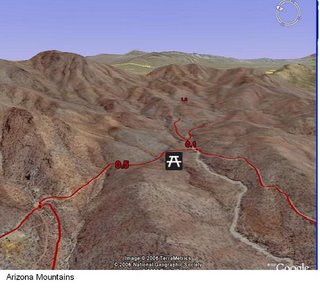
Back in high school, I enjoyed being active in theatre and choir. (I'm on the left of the image; show is Diary of Anne Frank.)
A powerful method of evaluating that students can apply what they have learned is through role play.
In an online course, role-play can take place in many forms.
The most direct and simple form is to have the student interact with you, the instructor, directly.
As an example, in my business management class, I might write off an email pretending to be an angry subordinate who is challenging the authority of the manager (the student), or I might pretend to be an important client who is facing "option anxiety." Having the student play a role in the interaction would help me to better classify their understanding of and application of the materials from the course.
Another instructor I have recently talked with is interested in putting students into an online "negotiation" with 3 to 5 players per round. Each player will have a list of negotiation points that he/she is trying to win, and the higher the number of points won, the higher the score for the assignment (everyone fails if there is no agreement at the end of the round - to avoid stall tactics). Using online discussion boards is a way to track the points agreed upon (won) and those left unsettled.
With the use of SKYPE (www.skype.com ) - role playing via the Internet becomes much easier. Skype allows online conference calls of up to 5 users, and this allows for multiple role-players in a single activity online.
I even saw a "game" in which the online course home page looked like a manager's desk in a corporate office. The "phone" connected the user to "voicemails" (text-based) requiring urgent actions, the computer connected the user to "emails" and documents, and the calendar had a "to do" list that needed to be accomplished in that sitting. The instructor played multiple roles to provoke the student's action - as well as provide feedback on progress. I would believe that this would be time consuming, but also (likely) a very powerful learning activity.









